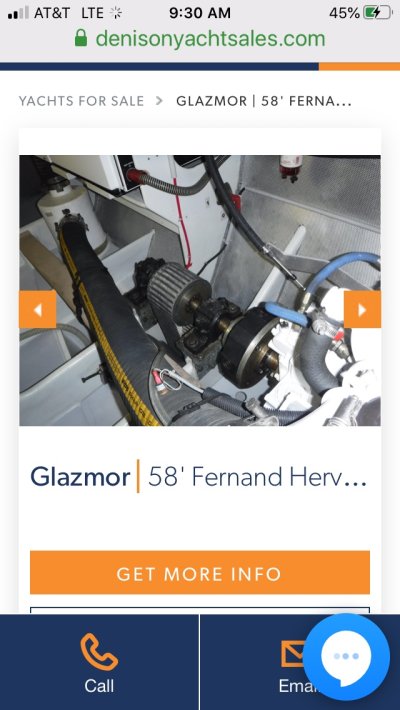For me, it’s about two things; being comfortable, and being able to continue on when things break.
Here’s a shocker - boats are a trade off - and this is just another area where you can pick and choose to suit your needs.
As for comfort, I want to live like I’m at home, not like I’m camping. I want laundry, ample fresh water, heat, air conditioning, plenty of fridge and freezer space, and enough space to not be cramped. That drives the need for a bunch of equipment that might not be otherwise needed or desired.
Next, when something breaks, I don’t want to get stuck somewhere. That means doing without whatever broke, having a spare that I can switch over to, or having the tools, spares, and skills to fix it.
From there you need to
Do your own evaluation of what’s important to you, what redundancy or a spare is worth the cost, etc.
One thing you will commonly see on Nordhavns are dual auto pilots. The thinking is that if you are on a long run (multi day) and your AP craps, the work required for watch keeping just went up significantly. With dual APs, you switch a switch and are back on line. Is that worth it to you? Maybe, or maybe not.
Another thing to note is that where there are two of something, the norm is to exercise both on a regular basis. Two hens get cycles through, or more often they are different sizes and used at different times for different things. Wing engines are also your six hydraulic power, so it gets exercised regularly.

